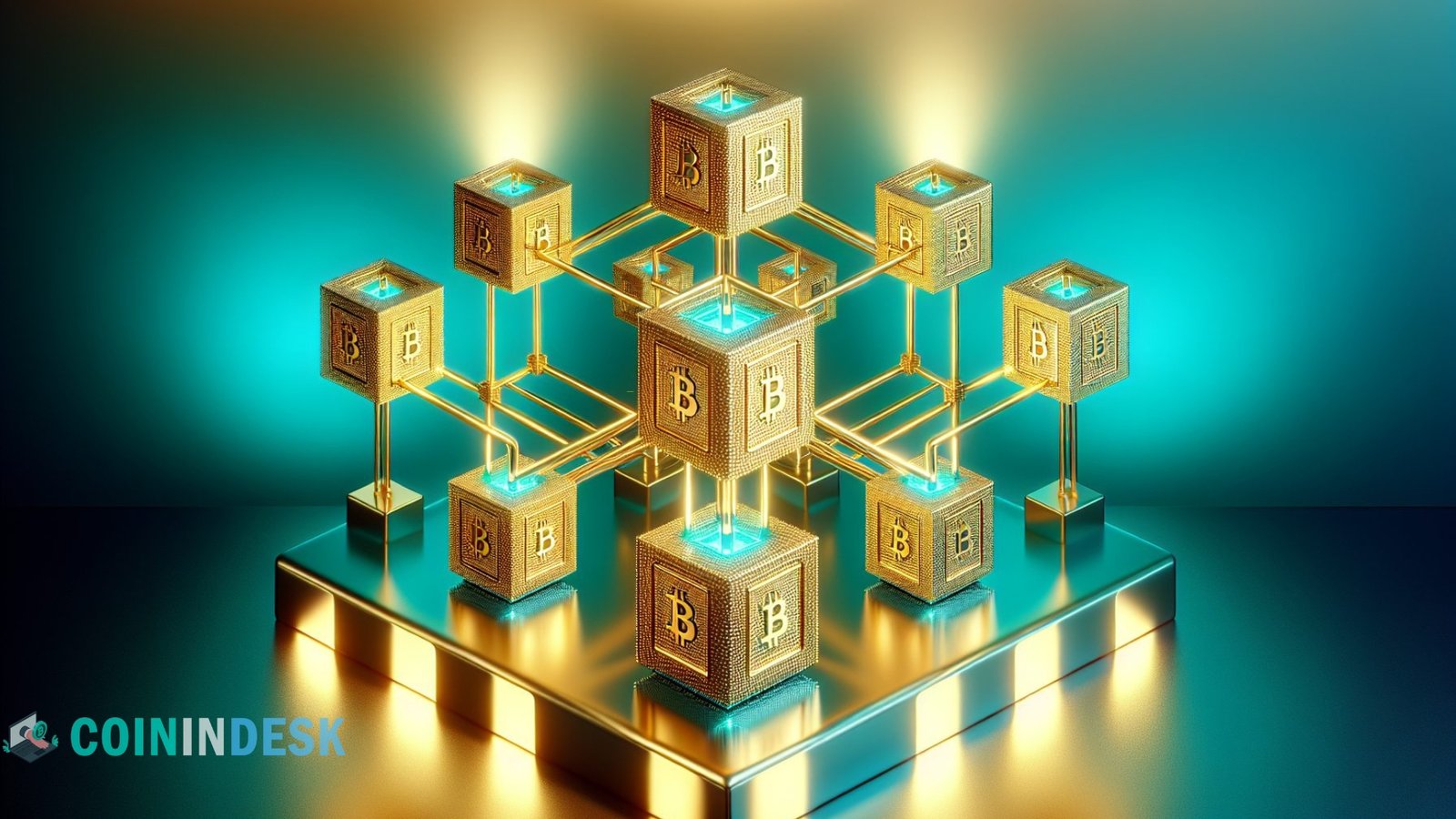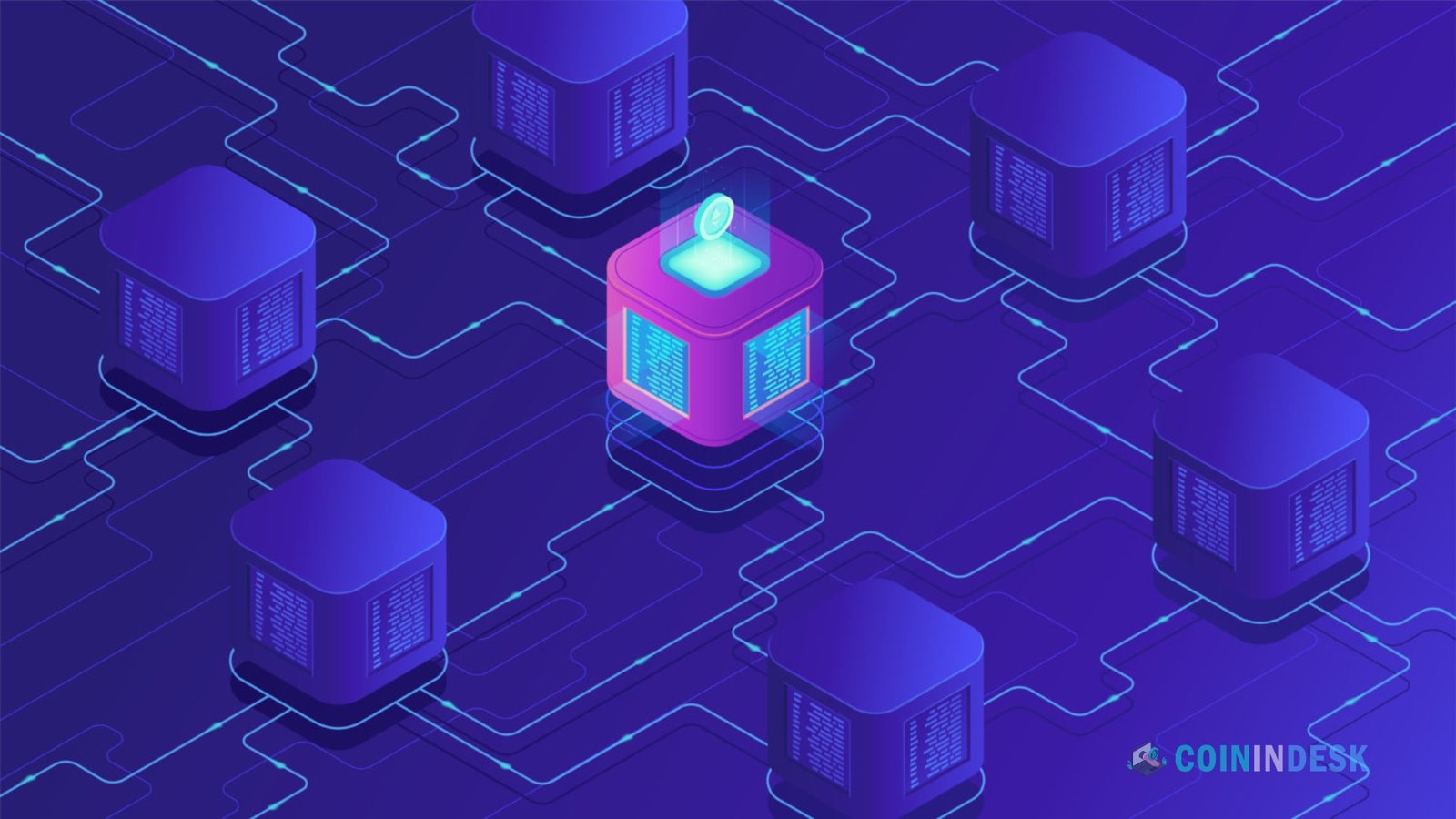Architecture of Blockchain: Blockchain technology has brought about a sea change in several sectors by establishing a decentralized, trustworthy, and open method for handling data and digital transactions. With blockchain, a distributed ledger system, no middlemen are required to share information across a network of computers. An essential part of today’s digital infrastructure, this one-of-a-kind structure provides several advantages, such as increased security, immutability, and transparency.
This article will review the basics of blockchain architecture, including what it is, the many kinds of blockchains, how they reach consensus, and the pros and downs of using blockchain systems.
Key Components of Blockchain Architecture
A blockchain’s design relies on several interdependent parts to keep the system’s decentralized and secure characteristics intact. Among these parts are:
Nodes
The blockchain network relies on nodes, which are standalone computers or other devices. With a full copy of the blockchain stored on each node, data is redundant, and any node can fail without affecting the others. To validate transactions and keep the ledger up-to-date, nodes run consensus algorithms.
Ledger
Blockchain architecture revolves around the ledger. It keeps track of all the data blocks and transactions in chronological sequence. Because all nodes share the ledger, any changes or additions are instantly shared throughout the network. The shared nature of the ledger makes it decentralized, safe, and immutable.
Blocks
Each block in a blockchain stores information about a single transaction. A cryptographic hash is a one-of-a-kind identifier that is included in each block and used to connect them in a chain. Time stamps, transaction details, and the prior block’s hash are all stored in blocks, guaranteeing security and continuity.
Transactions
Blockchains rely on transactions as their primary means of exchanging data. They stand in for exchanging money, contracts, or data between people on the network. Before being included in a block, the network must validate and approve transactions.
Consensus Mechanisms
Blockchain networks rely on consensus mechanisms, which are algorithms, to verify transactions and reach a consensus across dispersed nodes. Without these safeguards, a central authority could not keep the blockchain secure. Delegated Proof of Stake (DPoS), Proof of Work (PoW), and Proof of Stake (PoS) are three popular consensus mechanisms.
Cryptographic Hashing
Hashing cryptographically makes sure the blockchain is secure and unchangeable. There is a distinct hash for every network transaction and block. This guarantees that data cannot be changed after it is added to the blockchain without affecting later blocks, which would be easy to spot.
Types of Blockchain Architecture
Blockchain architecture can be classified into three main types, each serving different purposes and industries:
Public Blockchain
In a public blockchain, anybody can join in the transaction. The lack of command and control by any one entity makes it decentralized. Public blockchains include cryptocurrencies like Bitcoin and Ethereum. Anybody can sign up for the network, verify transactions, and take part in reaching a consensus.
Private Blockchain
Access to and participation in private blockchains are limited to a select group of authorized users. Companies and organizations that value network security and customer privacy often employ these blockchains. Private blockchains are less decentralized but more efficient because only authorized nodes can participate in consensus processes.
Consortium Blockchain
In contrast to fully decentralized blockchains, which are overseen by a single entity, consortium blockchains are structured as a loose confederation of different groups. Industries that require several stakeholders to operate together while still having some say over the network commonly employ consortium blockchains. Management of supply chains and financial services are two examples.
Consensus Mechanisms in Blockchain Architecture
Consensus techniques are crucial to guarantee that every node in a blockchain network agrees on the ledger’s status. Different consensus algorithms offer varying degrees of protection regarding speed, energy efficiency, and security. Here are the two most common methods:
Proof of Work (PoW)
Bitcoin and other blockchains employ PoW as their consensus method. To verify transactions and add them to the blockchain, participants, known as miners, must solve intricate cryptographic challenges. Because changing the blockchain would require tremendous processing power, this procedure is energy-intensive but very secure.
Proof of Stake (PoS)
In proof-of-stake (PoS), validators are selected according to their stake (the amount of coins they own in the network). This consensus approach is better for the environment than PoW because it uses far less energy. Since validators stand to lose their staked coins if they engage in dishonest behaviour, they are incentivized to do the right thing.
Delegated Proof of Stake (DPoS)
In DPoS, an improved variant of PoS, users pick a small number of delegates to oversee transaction validation and blockchain maintenance. DPoS is well-suited for enterprise-level use cases because of its scalability and lightning-fast transaction speeds.
Benefits of Blockchain Architecture
The unique architecture of blockchain offers numerous benefits across various industries:
Decentralization
Decentralization moves decision-making, data, and authority from a single entity to a larger network. Blockchain technology improves reliability, openness, and security by eliminating the need for a central server and distributing data and control among numerous nodes. As a result, confidence in P2P transactions is enhanced, and the likelihood of failure at a single point is diminished.
Security
Cryptography, decentralization, and consensus procedures all work together to make blockchain secure. The security and privacy of your data are guaranteed by encrypting all transactions. Because modifying one block necessitates changing every future block, the distributed nature of the blockchain makes manipulation impossible. Network consensus is ensured via algorithms such as Proof of Work or Stake, making unauthorized changes practically impossible.
Transparency
What makes the data recorded on the blockchain so transparent is that it is open and accessible to everybody. Anyone with access to the blockchain may see and verify every transaction. There is less room for fraud or manipulation in this public ledger system, and everyone can see that no one institution has a stranglehold on the data.
Efficiency
The goal of blockchain technology is to improve efficiency through automating procedures, eliminating intermediaries, and simplifying transactions. By automating the execution of agreements upon the fulfilment of certain circumstances, smart contracts greatly enhance operational speed. Consensus methods guarantee quick validation of transactions, and decentralized systems minimize delays brought about by centralized authority. Various industries see cost reduction, faster settlements, and more secure and transparent processes.
Immutability
The immutability of blockchain technology means that once data has been recorded, it cannot be altered or deleted. Cryptographic hashes establish a permanent and immutable record of all transactions by linking them to one another. Participants can have faith in the data’s integrity because it stays the same throughout time, which increases trust and responsibility.
Challenges of Blockchain Architecture
Despite its numerous benefits, blockchain architecture faces several challenges:
Scalability
The term “scalability” describes a blockchain network’s ability to handle an ever-increasing number of users and transactions. Problems like slower transaction speeds and higher fees may emerge as blockchain networks grow. Improving the system’s scalability is the goal of solutions like sharding, layer-2 protocols, and improved consensus processes. This will enable the system to handle more transactions without sacrificing security or decentralization.
Energy Consumption
Due to the intense processing power needed for mining, blockchain networks, especially those implementing Proof of Work (PoW), can use much energy. Concerns concerning environmental effects are raised by the considerable amount of electricity required for this process. As an alternative, Proof of Stake (PoS) and other energy-efficient consensus algorithms can keep networks secure and operational while using less power overall.
Regulatory Uncertainty
Blockchain regulatory ambiguity is the absence of well-defined rules for creating, implementing, and using blockchain technology and digital currencies. Due to this ambiguity, businesses may encounter difficulties with compliance or legal concerns, which can impede investment and innovation. Stakeholders seeking clarity and security in their operations must monitor the ever-changing legal landscape as governments endeavour to establish legislation.
Further Read: Programming on Blockchain: A Comprehensive Overview
Complexity
The sophisticated design and underlying technology of blockchain are the sources of its complexity. Newbies could struggle to grasp ideas like encryption algorithms, smart contracts, and consensus procedures. Making sure various networks can communicate with one another and incorporating blockchain technology into preexisting systems both increase the complexity. While the technology is fine-tuning, a high learning curve could limit its adoption.
Final Thoughts
Additionally, blockchain architecture is reshaping data management and transaction validation with its revolutionary decentralization, security, and transparency features. Blockchain technology is causing a revolution in several industries, such as finance, healthcare, and supply chain management. This revolutionary technology relies on cryptographic hashes, consensus processes, and nodes. However, extensive adoption still has hurdles like scalability, energy consumption, and regulatory ambiguity.
As the technology evolves, we may expect advances in consensus algorithms and regulatory frameworks that will help blockchain overcome these challenges and become an integral part of today’s digital infrastructure.
FAQs
Q1.What is the role of nodes in blockchain architecture?
Nodes are the individual computers that participate in the blockchain network. Each node stores a copy of the ledger and participates in the validation of transactions. Depending on the blockchain, nodes can be full nodes (which store the entire blockchain) or lightweight nodes (which store only relevant parts of the blockchain).
Q2.How do blocks in a blockchain link together?
Blocks in a blockchain are linked using cryptographic hashes. Each block contains a reference (hash) to the previous block. This creates a secure and unalterable chain, as any change to a block would break the link, making tampering immediately evident.
Q3.What are the different consensus mechanisms used in blockchain?
The most common consensus mechanisms are Proof of Work (PoW) and Proof of Stake (PoS). PoW requires nodes to solve complex mathematical problems to validate transactions, while PoS selects validators based on the amount of cryptocurrency they hold and are willing to “stake.” Both mechanisms ensure that the network agrees on the validity of transactions.


